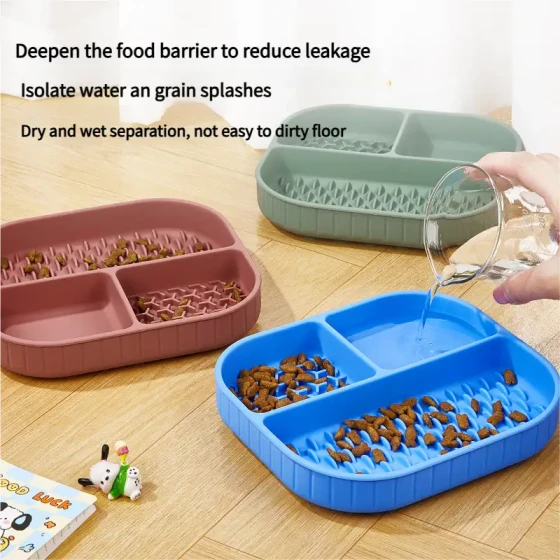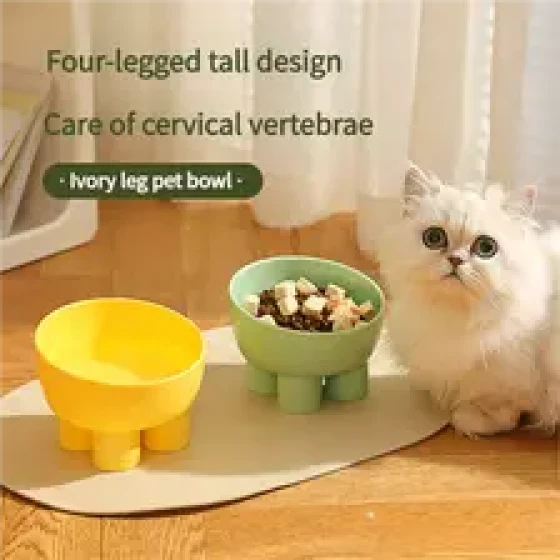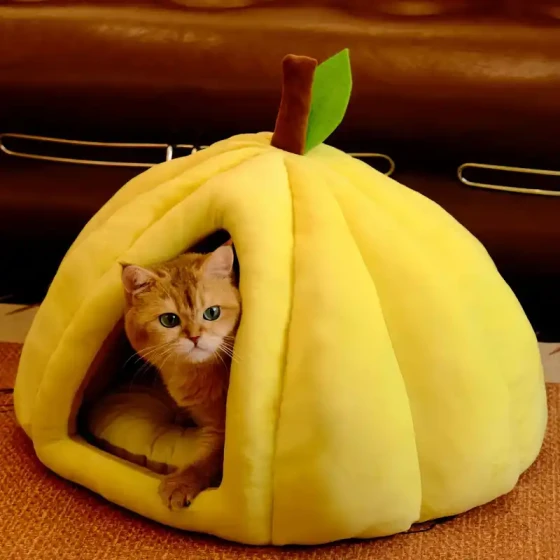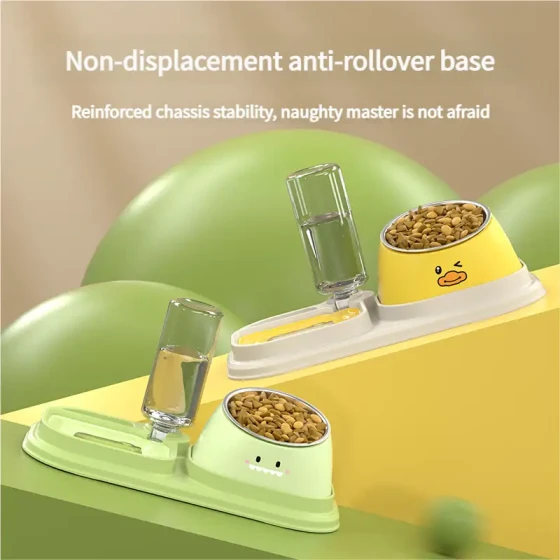Signs of Internal Injury in Cats from Being Beaten_These Symptoms Indicate Cat’s Internal Organs Are Injured
Cats naturally excel at hiding pain and discomfort, a survival instinct formed by their ancestors in the wild—showing weakness could attract predators. Therefore, when a cat suffers external impact or beating, even if its internal organs may already be injured (what we commonly call an "internal injury"), it may not immediately show severe pain or obvious external wounds. The key to identifying internal injuries in cats lies in observing subtle changes in their behavior and body. If you notice your cat becoming unusually quiet, losing appetite, or showing difficulty breathing, you should be immediately alert to possible internal organ injury and take it to the veterinarian as soon as possible.
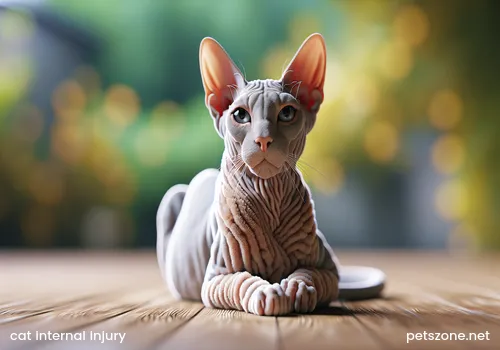
Understanding the signs of internal injury in cats is crucial for timely rescue. Often, cats that seem fine externally may be suffering from severe internal damage, such as internal bleeding, organ rupture, or fractures. Delaying treatment can lead to very dangerous consequences.
Common Signs of Internal Organ Injury in Cats
The manifestations of internal injuries in cats vary widely depending on the location and severity of the injury. Here are some common symptoms to watch closely:
-
Significant Behavioral Changes:
- Depression, lethargy: A normally lively and active cat suddenly becomes listless, spends most of the time sleeping, and responds slowly to external stimuli. It's like a normally energetic person suddenly not wanting to talk and just lie down—this signals serious physical discomfort.
- Hiding: An injured cat may find a secluded, dark spot to hide and avoid being disturbed or touched. This is an instinctive reaction when they feel vulnerable.
- Aggressiveness or abnormal docility: A usually gentle cat may become aggressive due to pain, unwilling to let people approach or touch the injured area; conversely, a normally independent cat may suddenly become unusually clingy, seeking comfort. Both extreme behavioral changes may indicate physical problems.
-
Changes in Appetite and Water Intake:
- Loss of appetite or refusal to eat: Cats lose interest in their favorite food or may stop eating and drinking completely. Internal organ damage can disrupt digestive functions or cause systemic pain reactions, resulting in loss of appetite.
- Abnormal drinking: Some internal injuries may cause dehydration, making the cat drink heavily; others may cause nausea, making the cat refuse water.
-
Manifestations of Pain:
- Sensitivity to touch: When touching certain parts of the cat’s body, it may vocalize, hiss, or try to avoid or even attack. This suggests pain in that area.
- Abnormal body posture: Cats may arch their back, curl up, or adopt unnatural postures to try to alleviate pain. For example, a cat with abdominal injury may be unwilling to stretch its body.
- Rapid or shallow breathing: Injury to the abdomen or chest cavity may affect breathing, causing the cat to breathe faster, pant, or show labored breathing. Healthy cats should breathe smoothly and quietly.
-
Vomiting or Diarrhea:
- Injuries to internal organs, especially the gastrointestinal tract, can cause vomiting or diarrhea. Vomit or stools containing blood (bright red or black tarry) are very dangerous signs and may indicate digestive tract bleeding.
-
Abnormal Urine and Feces:
- Difficulty or pain urinating: Injury to the bladder or urethra can cause frequent urination with small amounts, vocalizing during urination, or urinating outside the litter box. Blood in urine is also an important sign of urinary system damage.
- Difficulty defecating or abnormal stools: Pelvic or rectal injuries can cause difficulty or pain in defecation.
-
Changes in Physical Appearance:
- Bruises or swelling: Although internal, severe impact may leave bruises on the surface. Touching certain body parts may reveal abnormal swelling or fluid accumulation.
- Abnormal gum color: Healthy cats’ gums should be pink. With internal bleeding, the gums may become pale, whitened, or even bluish (due to lack of oxygen). Color recovery time after pressing the gums may also be extended.
- Abdominal swelling or tension: Internal bleeding or organ rupture in the abdominal cavity may cause abdominal enlargement or unusually firm texture.
Why Are Cats Good at Hiding Pain?
As mentioned before, cats’ instinct to hide pain stems from their dual identity as both predators and prey. In the wild, injured or weak animals are more vulnerable to predators. Even as predators themselves, injury affects their hunting ability making survival difficult. Therefore, cats have evolved mechanisms to mask their pain and discomfort, only showing it as a last resort.
This means as cat owners, we need to observe them carefully and pay attention to subtle changes that might be overlooked. Do not wait until the cat shows obvious signs of pain before taking notice, as that may miss the best treatment window.
What to Do If You Suspect Your Cat Has Internal Injuries?
The first and foremost action: seek immediate veterinary care without delay!
If you suspect your cat may have internal injuries from impact or beating, do not hesitate or attempt to treat it yourself. Here are some suggestions:
- Stay calm: Your emotions affect the cat; try to remain calm to avoid making the cat more anxious and fearful.
- Handle gently: Be very careful and gentle when moving the cat, avoiding touching potentially injured areas to prevent worsening the injury. Using a rigid board or flat surface as a stretcher can help stabilize during transport.
- Limit activity: Before veterinary care, try to restrict the cat’s movements, keep it quiet, and reduce unnecessary motion.
- Do not feed or give water: When injury status is uncertain, avoid feeding or giving water to the cat, as some internal injuries (such as digestive tract injury) may worsen under these conditions, and fasting is necessary if surgery is required.
- Inform the veterinarian in detail: Describe the injury incident (if known) and all abnormal symptoms observed to help the vet diagnose and formulate a treatment plan more efficiently.
At the veterinarian, detailed physical exams, X-rays, ultrasound imaging, and blood tests may be performed to assess the cat’s internal organ condition. Treatment may include fluid therapy, pain relief, anti-inflammatory medication, or emergency surgery based on diagnosis.
Frequently Asked Questions
- Q: Is it normal for symptoms to appear a day after the cat was beaten without immediate issues?
- A: Yes, this can happen. Internal bleeding or certain organ injuries may not show immediately; symptoms can appear later. That’s why even if the cat looks fine after serious impact, observation and veterinary consultation if needed are advised.
- Q: How to tell if a cat has a stomach ache?
- A: A cat with abdominal pain may arch its back, refuse to be held or touched on the belly, vocalize, lose appetite, vomit, or have diarrhea. Some cats may even lick or bite their abdominal area.
- Q: What emergency measures can be taken before taking the cat to the hospital after it’s been beaten?
- A: For suspected internal injuries, the best emergency care is to take the cat to a professional animal hospital as quickly as possible. Keep the cat stable and quiet during transport to avoid secondary injuries. Do not give human painkillers to cats, many of which are toxic to them.
Summary
Internal injuries in cats are hidden and dangerous. As responsible owners, we need to be vigilant and closely observe every movement of the cat after it suffers external impact or other situations that may cause internal injury. Any abnormal behavior, appetite changes, pain signs, or physical indicators can signal internal organ damage. Remember, cats’ instinct to hide pain may mislead you about their real condition. Once internal injury is suspected, the wisest and most critical choice is to seek professional veterinary help immediately. Timely diagnosis and treatment are key to saving your cat’s life.
